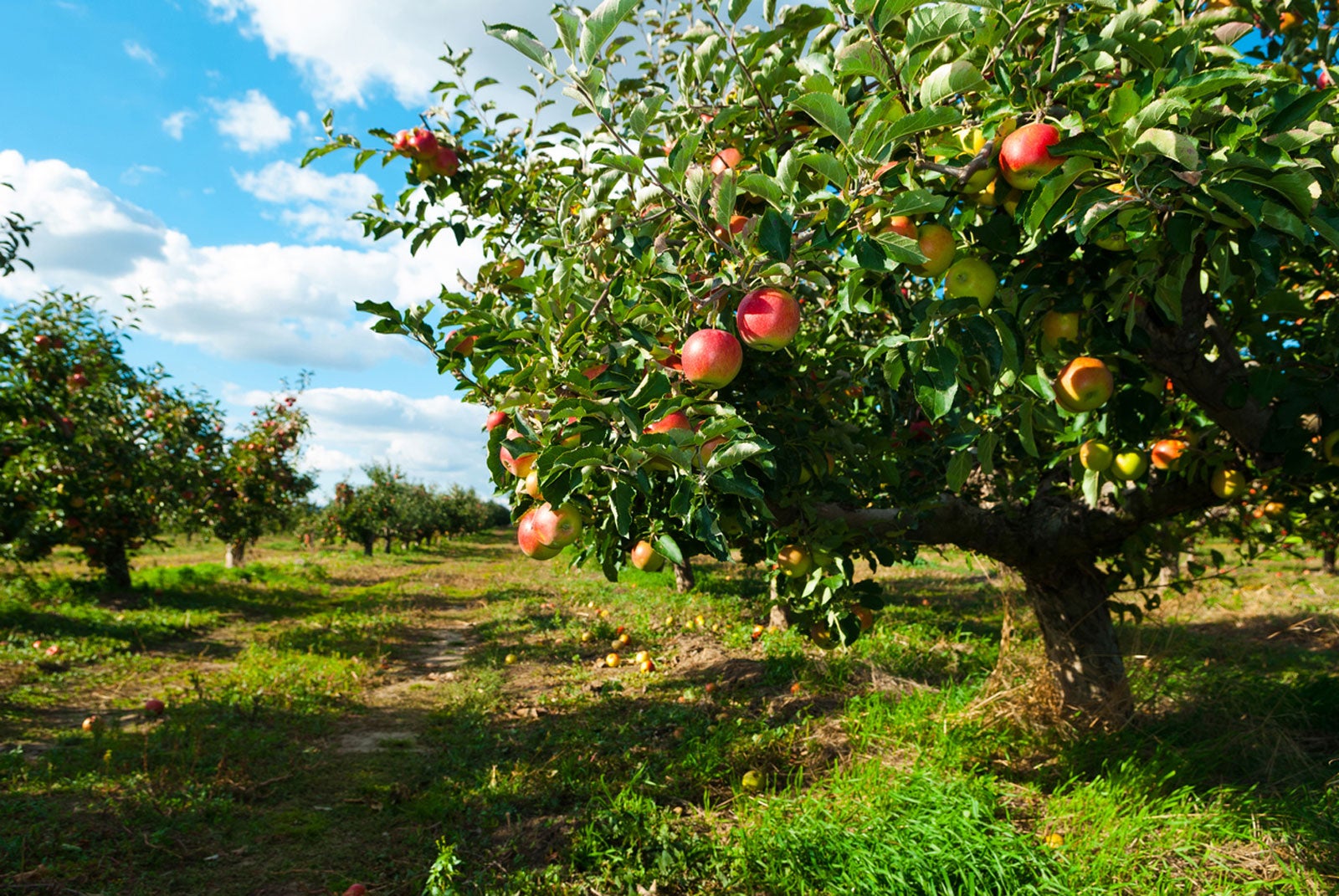Orchard Microclimate Conditions: How To Use Microclimates In Orchards


Experienced orchardists know that although USDA hardiness zone maps are beneficial, they should never be considered the last word. Microclimates in orchards can make a substantial difference and can determine what trees you can grow and where trees will grow best.
Take a look at the following for basic information on growing fruit trees in microclimates.
Orchard Microclimate Conditions
A microclimate is an area where the climate is different than the surrounding area. Orchard microclimate conditions may encompass a pocket of a few square feet or the entire orchard may be different than nearby properties. For instance, regions known for early frosts may have spots, or microclimates, where plants miraculously seem to survive longer then the same types of plants in the same general region or growing zone.
Microclimates are determined by many factors including elevation, rainfall, wind exposure, sun exposure, average temperatures, temperature extremes, buildings, soil types, topography, slopes, groundcovers, and large bodies of water.
For instance, a spot that is slightly higher than most of the orchard may be exposed to more sunlight and the soil may be substantially warmer. A lower area, on the other hand, may have more problems with frost because cold air is heavier than warm air. You can usually spot low areas because frost settles in and stays longer.
Orchards and Microclimate Gardening
Take a close look at your property. You can’t control the weather, but you can place trees strategically to take advantage of microclimates. Here are a few situations to be aware of when considering microclimates in orchards:
- If your area receives harsh winds, avoid planting trees on hilltops where they will receive the brunt of the gales. Instead, look for more protected locations.
- If spring frost is common, a spot about halfway down a gentle slope will allow cold air to flow safely down the slope, away from the trees.
- South-facing slopes tend to warm up faster in spring than slopes that face north. Hardy trees like apples, sour cherries, pears, quince, and plums do well on a south-facing slope and they will appreciate the extra warmth and sunlight.
- Avoid planting early blooming, frost sensitive trees such as apricots, sweet cherries, and peaches on south-facing slopes because frost may kill early blossoms. A north-facing slope is safer for trees that flower early. However, keep in mind that a north-facing slope doesn’t see a lot of sun until late spring or summer.
- Trees facing westward may be at risk for wilting in summer and sunscald in winter.
Sign up for the Gardening Know How newsletter today and receive a free copy of our e-book "How to Grow Delicious Tomatoes".

A Credentialed Garden Writer, Mary H. Dyer was with Gardening Know How in the very beginning, publishing articles as early as 2007.